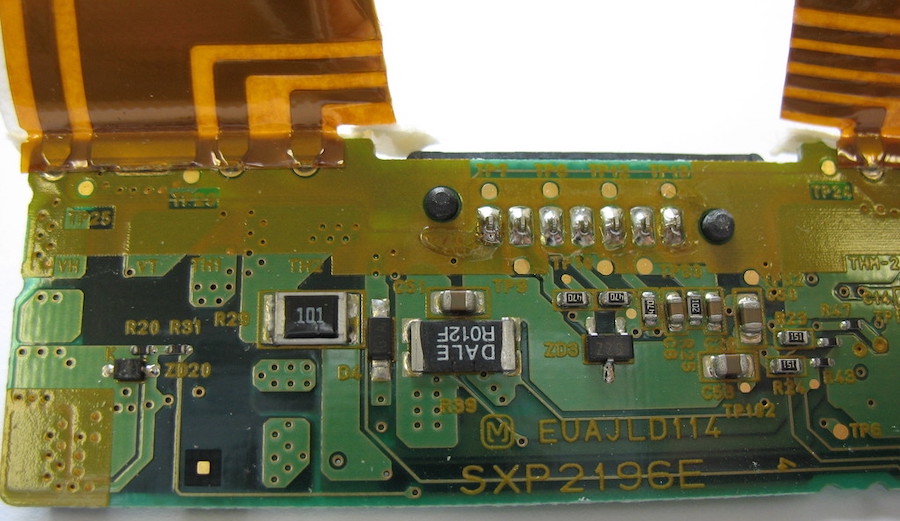
Layered lithium cobalt oxide (LiCoO2), which is the compound used for the cathode in lithium-ion batteries of handheld electronics, has been synthesized at temperatures as low as 300°C and durations as short as 30 minutes.
Traditionally, the synthesis of this compound requires temperatures over 800°C and takes 10 to 20 hours to complete. However, a team of researchers at Hokkaido University and Kobe University has developed a new method to synthesize lithium cobalt oxide at low temperatures.
In a paper published in the journal Inorganic Chemistry, the scientists explain that LiCoO2 can typically be synthesized in two forms. One form is a layered rocksalt structure, called the high-temperature phase, and the other is a spinel-framework structure, called the low-temperature phase. The layered LiCoO2 is used in Li-ion batteries.
Using cobalt hydroxide and lithium hydroxide as starting materials, the team conducted a series of high-precision experiments under varying conditions to synthesize layered LiCoO2 crystals with sodium or potassium hydroxide as an additive. The process was called the “hydroflux process”. They also determined the reaction pathway that led to the formation of the layered crystals.
“By understanding the reaction pathway, we were able to identify the factors that promoted the crystal growth of layered LiCoO2,” head researcher Masaki Matsui said in a media statement. “Specifically, the presence of water molecules in the starting materials significantly improved crystallinity of the end product.”
The group also measured the electrochemical properties of the layered LiCoO2, showing that they were only marginally inferior to that of commercially available LiCoO2 synthesized by the traditional high-temperature method.
“This work is the first experimental demonstration of the thermochemical stability of layered LiCoO2 at low temperatures under ambient pressure,” Matsui noted. “Our development of this hydroflux process will enable energy-saving measures in various ceramic production processes. Our immediate next steps will be improving the hydroflux process based on our understanding of the reaction pathway.”